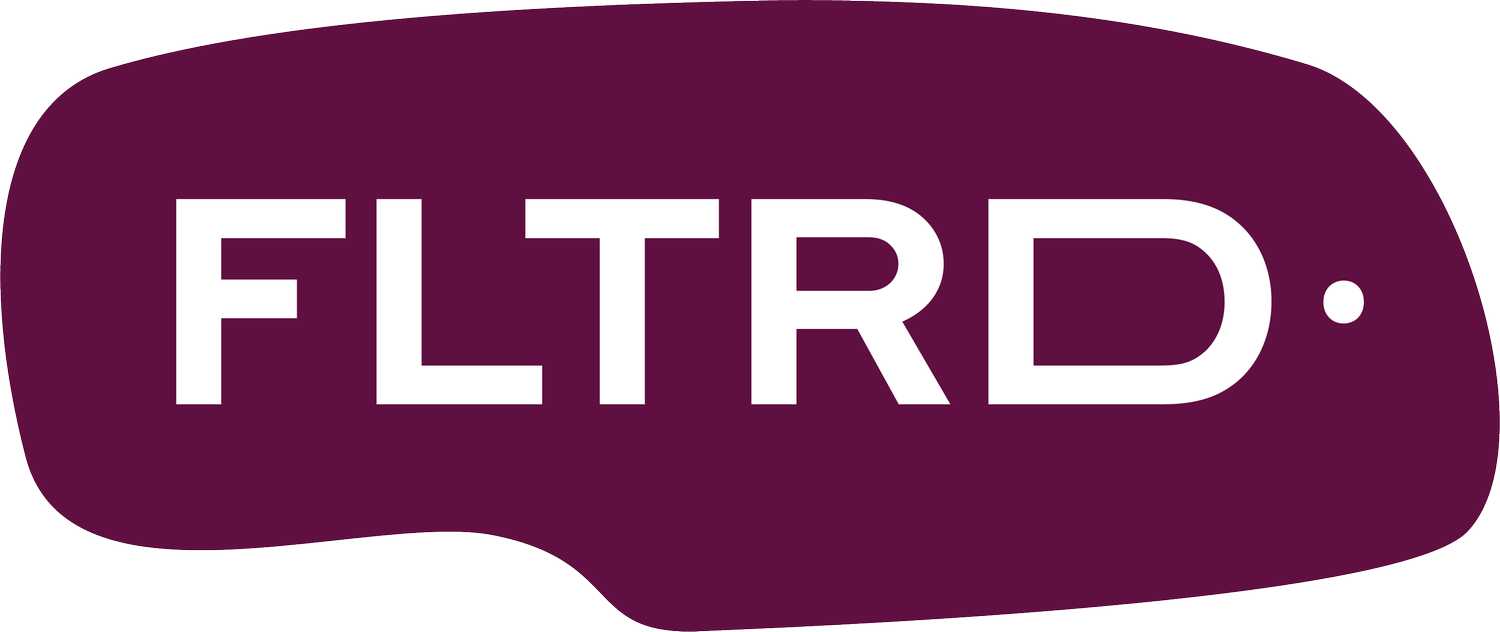Healthy Eating – What Does That Actually Mean?
FLTRD makes the healthy choice the easy choice. Our scan app instantly shows you how ultra-processed a product is. We also write about healthy eating. Scientific insights of today, combined with the wisdom of our ancestors, are central to our approach.
A trip through the supermarket can be seriously confusing. “High in fiber!”, “Source of calcium”, “With added protein”. Even ice cream claims “99% fruit”. But what does all of this really mean? In this maze of marketing claims, it's hard to determine what truly counts as a healthy choice.
The definition of “healthy” is surprisingly complex. Scientists don’t always agree, and the nutritional needs of a top athlete differ from those of someone with type 2 diabetes. Still, there is one overwhelming point of consensus: the less processed, the better.
The advice “avoid eating ultra-processed foods” is, along with “eat a varied diet,” probably the most common nutrition advice. But what does that really mean? Are we only supposed to eat raw cauliflower and apples? And how realistic is that in today’s busy life? Processed food offers convenience and saves time. Not everyone has a vegetable garden or time to cook from scratch every day.
What is ultra-processed foods?
Ultra-processed products are industrial creations that usually can be recognized by:
They’re made from refined ingredients that have been stripped of natural nutrients like vitamins, minerals, and fiber, and
They contain additives such as flavor enhancers, colorings, emulsifiers, and preservatives, which often make you want to eat more.
Let’s be clear: not all processing is bad. Processes like pasteurization or freezing increase food safety and shelf life. The problem lies with ultra-processed foods. These are industrial creations made from refined ingredients and a cocktail of additives. Most of the original nutrients such as fiber, vitamins, and minerals, have been stripped away.
Take for example the refining of grains for white bread or white rice. The nutritious bran and germ are removed. What’s left is often “enriched” with lots of sugar, salt, and artificial additives like flavor enhancers and dyes. These additives frequently impair the body’s ability to recognize when it’s full, making it easier to overeat. Moreover, the safety of some E-numbers, that were initially approved, is now being questioned due to new scientific insights. A well-known example is E128, a synthetic red dye once used in meats like breakfast sausages and hamburgers, which was ultimately banned in 2007.
It’s important to be nuanced. There’s a wide spectrum between fresh lettuce and a bag of crisps. Even within product categories, the differences can be huge. There’s almond milk with a long list of unrecognizable ingredients, and there’s almond milk made simply from water and almonds. There are granola bars with twenty processed ingredients—and bars made almost entirely from nuts and fruits.
The rule of thumb is simple and logical: the closer a product is to its natural state, the healthier it is. It contains vital nutrients like fiber, vitamins, minerals, proteins, and healthy fats that your body needs to function optimally. Eating an orange is better than drinking orange juice, because the juice lacks fiber. A handful of nuts is more nourishing than a protein bar full of sugar.
Whether you’re are in menopause, pregnant, are struggling with excess weight, want your children to eat healthier, or are training for a marathon: the advice to eat as unprocessed as possible applies to you, too.
Short on time and still want to eat less processed food? You can! The supermarket has plenty of less processed products that make for quick and tasty meals. There are also plenty of snacks made from minimally processed ingredients.
Do all the packaging claims make your head spin? Don’t have time to decipher every term on the ingredient list? That’s exactly why we developed the FLTRD app. With our app, you scan a product and immediately see its PureScore: a clear score showing how (un)processed a product is. No more confusion, no more endless label-reading. The app also suggests better alternatives, helping you effortlessly make healthier, more conscious choices.
Key Takeways
Eating less processed food is healthy for everyone
Less processed products usually contain more beneficial nutrients like fiber, protein, vitamins, minerals, and healthy fats
Less processed products tend to satisfy you better and contain no “addictive” additives, hence you often eat less
Not all processed foods are “bad”
